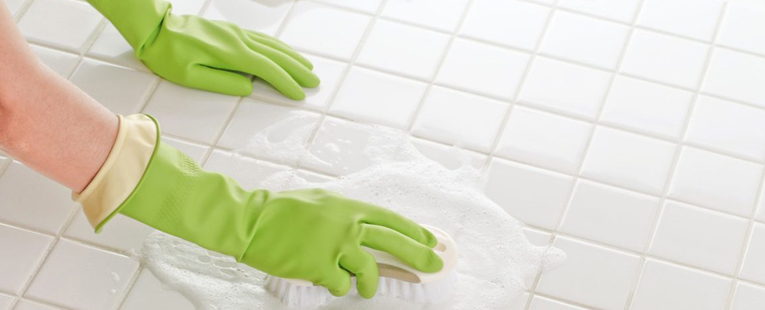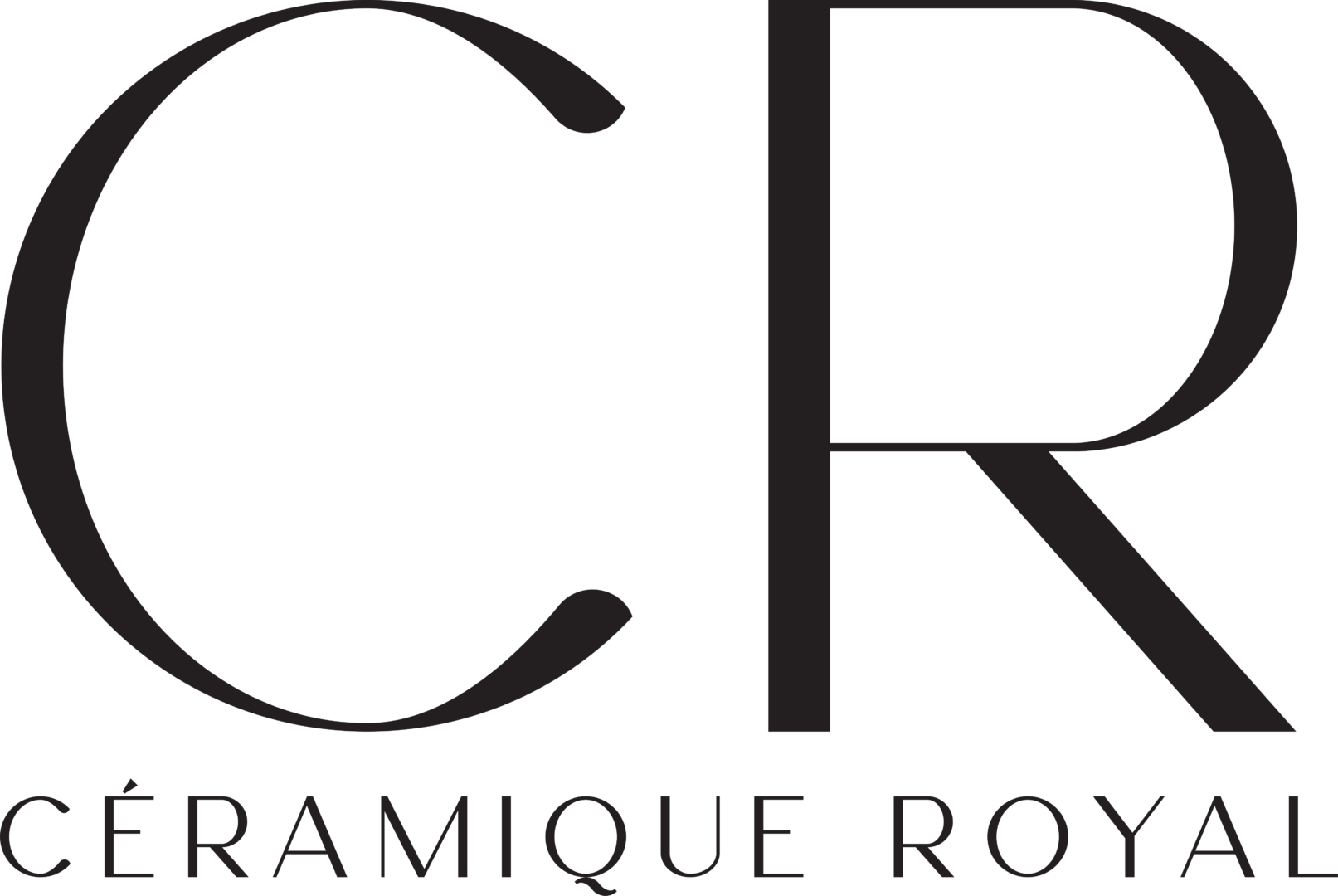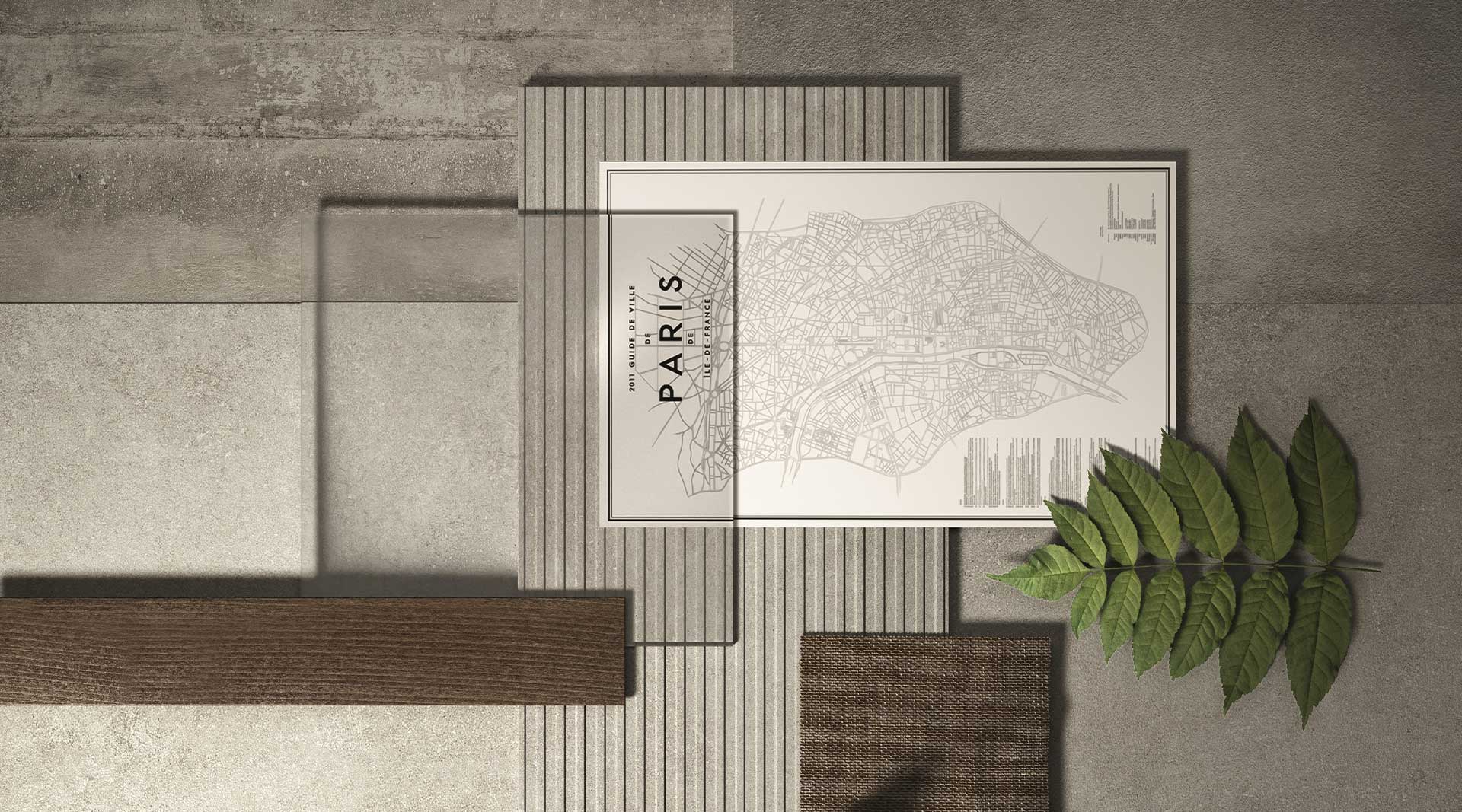CERAMIC TILING MAINTENANCE: JUST WATER AND A NORMAL HOUSEHOLD CLEANER

| by Alfredo Zappa
Italian standard UNI 11493 establishes the requirements that ceramic tiling must meet to ensure that it can be cleaned easily and effectively through periodic maintenance operations. The type, intensity and frequency of these cleaning operations depends not only on the quantity and nature of the dirt deposits but also on whether or not the right materials (ceramic tiles, grout, adhesive, substrates, etc.) have been chosen during the design phase according to the expected conditions of use of the tiling.
The parties involved
- The designer: responsible for developing the construction solution, taking into consideration all the foreseeable mechanical and chemical stresses the surface is likely to be subjected to according to the intended use and place of installation of the tiling.
- The client: responsible for providing the designer with full information on the intended use of the spaces and the expected stresses, and for scheduling maintenance operations with the frequency and intensity necessary to guarantee cleanliness, appearance and integrity of the tiling.
- The tile layer: responsible for installing the tiles in accordance with the specifications, and for protecting and looking after the work through to handover. He may be asked to perform regular maintenance work using suitable techniques, materials and products.
In detail
Regardless of the type of ceramic tiling, the only maintenance work specified by the standard is regular cleaning. This contrasts with interior untreated terracotta tiling, which in most cases requires an initial impregnation cycle that must be repeated over time according to the expected surface stresses. To make ceramic tiling easier to clean, it is good practice to use suitable protection systems (mats, runners, etc.) at the points where the highest stresses are likely to occur, such as doorways and the transit areas between different rooms. Cleaning is normally performed using a mixture of detergent and water. It is important to avoid using detergents containing aggressive chemicals, including formulations based on hydrofluoric acid and its derivatives, which are particularly aggressive towards silica and similar materials. Tiling in residential spaces should be washed with water at room temperature or in any case no higher than 40°C using a wet cloth or sponge. Depending on how dirty the tiling is, a weak (pH 7-8) or strong (pH 9-10) detergent solution can be used, followed by rinsing. The standard UNI 11493 advises against using impregnating or film-forming products as the films are liable to retain surface dirt more strongly than the tiles themselves, making long-term cleaning more difficult. Tiling in public or commercial spaces should be washed using a strong detergent solution (pH 9-10), if necessary with hot water. To remove traces of alkalis or limescale, an acid detergent with pH 5-6 should be used, followed by thorough rinsing. To wash large surface areas, it is advisable to use cleaning machines equipped with electromechanical brushes. Finally, for tiling in industrial spaces, the standard does not lay down any particular conditions apart from the use of detergents suitable for removing the specific kind of dirt.
For further information
Italian standard UNI 11493 -1:2016
Ceramic floor and wall tiling
Instructions for design, installation and maintenance
Chapter: 9 – Maintenance
Paragraph: 9.1 General; 9.2 Tiling in residential premises; 9.3 Tiling in public/commercial premises; 9.4 Tiling in industrial premises



